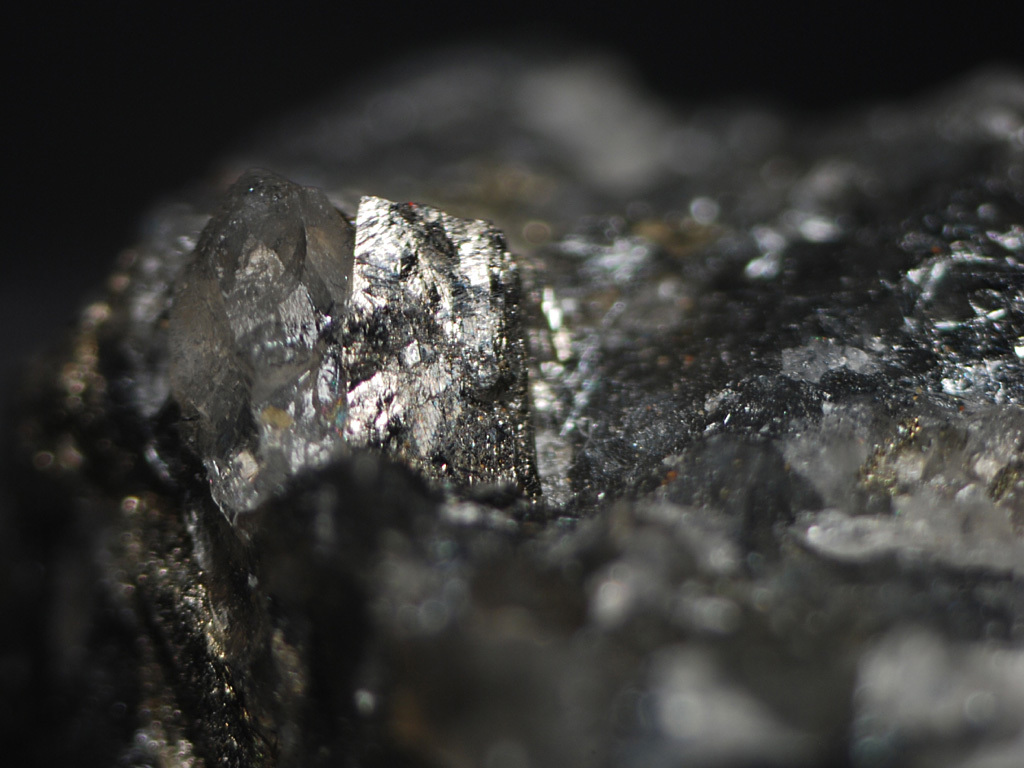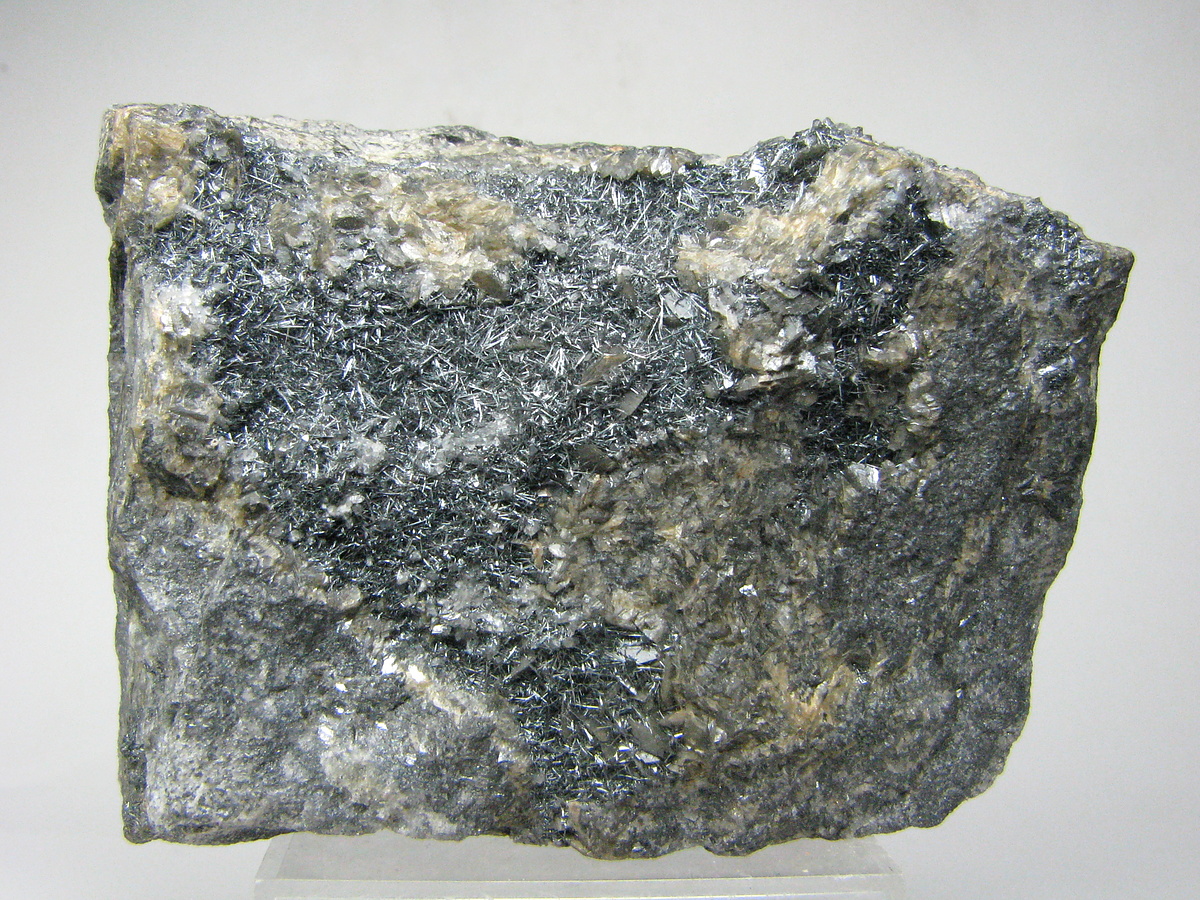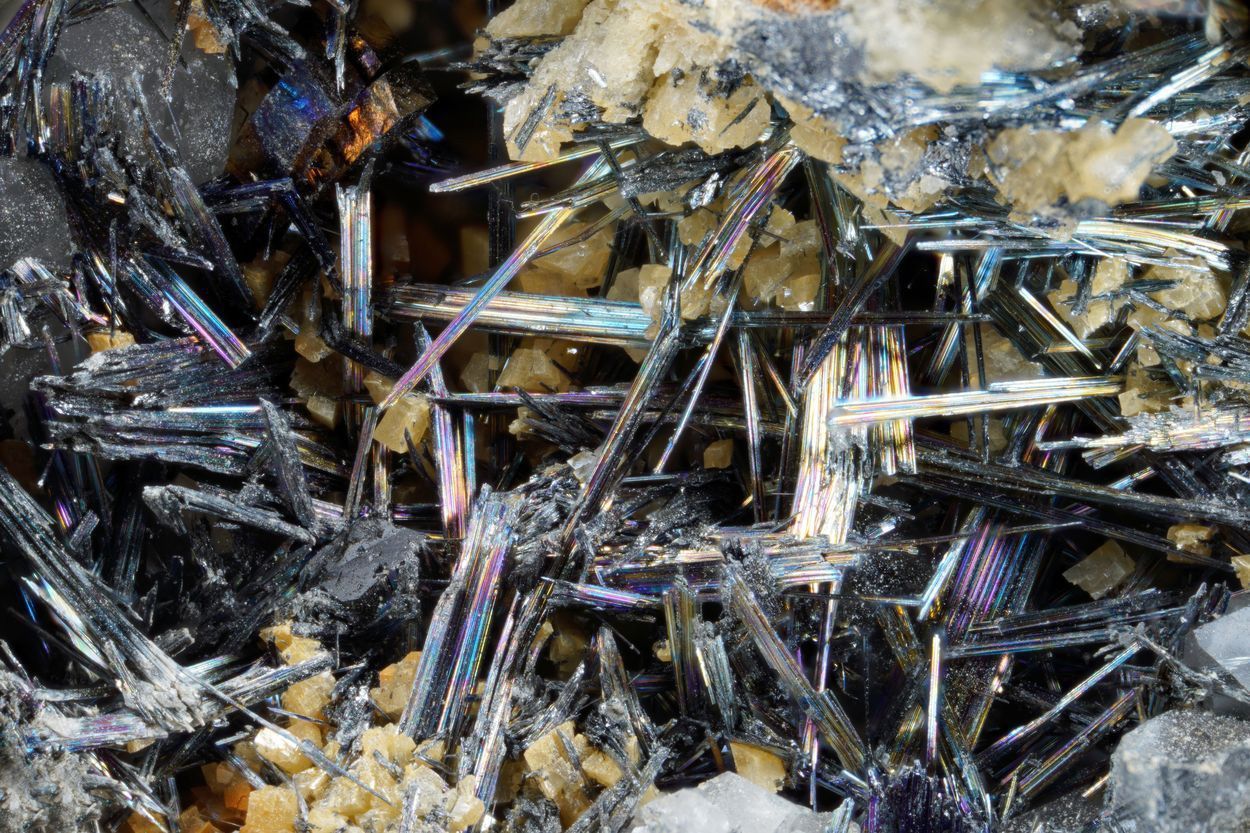Home PageAbout MindatThe Mindat ManualHistory of MindatCopyright StatusWho We AreContact UsAdvertise on Mindat
Donate to MindatCorporate SponsorshipSponsor a PageSponsored PagesMindat AdvertisersAdvertise on Mindat
Learning CenterWhat is a mineral?The most common minerals on earthInformation for EducatorsMindat ArticlesThe ElementsThe Rock H. Currier Digital LibraryGeologic Time
Minerals by PropertiesMinerals by ChemistryAdvanced Locality SearchRandom MineralRandom LocalitySearch by minIDLocalities Near MeSearch ArticlesSearch GlossaryMore Search Options
The Mindat ManualAdd a New PhotoRate PhotosLocality Edit ReportCoordinate Completion ReportAdd Glossary Item
Mining CompaniesStatisticsUsersMineral MuseumsClubs & OrganizationsMineral Shows & EventsThe Mindat DirectoryDevice SettingsThe Mineral Quiz
Photo SearchPhoto GalleriesSearch by ColorNew Photos TodayNew Photos YesterdayMembers' Photo GalleriesPast Photo of the Day GalleryPhotography
╳Discussions
💬 Home🔎 Search📅 LatestGroups
EducationOpen discussion area.Fakes & FraudsOpen discussion area.Field CollectingOpen discussion area.FossilsOpen discussion area.Gems and GemologyOpen discussion area.GeneralOpen discussion area.How to ContributeOpen discussion area.Identity HelpOpen discussion area.Improving Mindat.orgOpen discussion area.LocalitiesOpen discussion area.Lost and Stolen SpecimensOpen discussion area.MarketplaceOpen discussion area.MeteoritesOpen discussion area.Mindat ProductsOpen discussion area.Mineral ExchangesOpen discussion area.Mineral PhotographyOpen discussion area.Mineral ShowsOpen discussion area.Mineralogical ClassificationOpen discussion area.Mineralogy CourseOpen discussion area.MineralsOpen discussion area.Minerals and MuseumsOpen discussion area.PhotosOpen discussion area.Techniques for CollectorsOpen discussion area.The Rock H. Currier Digital LibraryOpen discussion area.UV MineralsOpen discussion area.Recent Images in Discussions
Improving Mindat.orgHeteromorphite
4th Nov 2009 09:12 UTCRob Woodside 🌟 Manager

4th Nov 2009 11:07 UTCLefteris Rantos Expert
I have thought of this before and tend to agree with Rob. Has anybody ever analyzed these Heteromorphites? There must be some litterature, these specimens from Pribram are considered a classic occurrence for the mineral.
However, the acicular groups look amazingly different from the other minerals in the same series. And the similarity to Boulangerite-like minerals is apparent.
I have made the following two thoughts on these:
1. On the specimen of this material in my collection, as well as on other similar specimens I've seen for sale, I have noticed the presence of some small bright steel-grey Arsenopyrite-like blocky xls occurring sparsely along with Quartz xls, protruding from the mats the acicular mineral. Maybe this is the real Heteromorphite?
2. The name of Heteromorphite in Greek signifies "different form". I don't know exactly why the mineral was named like this. Mindat page on Heteromprphite states:
ετερος for "different" and μορφή "form" in allusion to a proposed dimorph.
Is this stated in the type-description of the mineral?
My though is that the name might stem from the very different form of Heteromorphite, compared to its closely related species. In which case, the acicular Boulangerite-like mineral might be the real Heteromorphite indeed.
Lefteris.

4th Nov 2009 12:37 UTCFrank Keutsch Expert
4th Nov 2009 14:57 UTCSimone Citon Expert
http://webmineral.com/data/Heteromorphite.shtml
And I received this little example from a good source. But, no problems, supported by analytical investigation, I assume valid this possibility. OK to remove the pic until we have clarity on how this specie appears (if I have time I will try to analyze this mine). Simone
4th Nov 2009 21:34 UTCRob Woodside 🌟 Manager
Ref. 3 Zinken and Rammelsberg, Ann. Phys., 77, 240, (1849)
4 Pisani, C.R., 83, 747, (1876) and Spencer (1899)
Ramdohr in the 2nd ed. of his Ore Mineralogy on pg 764 under heteromorphite says, "The ore-microscopic properties are still practically unknown, because heteromorphite was often confused with jamesonite, even though it differs strikingly in form from the latter."
I think Frank's results are typical and I thank you for it. When I was a teenager, Brian Edmund (who x-rayed things) sent me a cm sized kerble with xls from Arnsberg and since it wasn't 4x6 cm in size I traded it to L.G Berry at Queen's. He wrote back ecstatically that he had doubted the piece but was amazed that it was the first real heteromophite he had ever seen.
Simone, I appreciate your efforts very much. Let's leave your photo there for now and please let me insert "unanalysed" in the caption until such time that it can be checked.
6th Nov 2009 08:47 UTCSimone Citon Expert
You do not think I want to contradict your assumption, but how can all these rich and beautiful samples, also from museums, have been classified as Heteromorphite, initial analysis wrong and then continued wrong relations? Ciao. Simone
PS. My sample is not significative and the photo is ugly, you can delete...
6th Nov 2009 18:45 UTCRob Woodside 🌟 Manager
As a collector and mineralogical cheerleader, I am honoured to have an effect named after me.X( The effect appears to be some combination of thoughtlessly repeating false information and outright memory errors.B)- It is characterised by a dogged insistance on the truth of the error until faced with good evidence to the contrary.::o. So yes, your belief that "acicular" occurred on that page would be a good example.;)
I'm told that we are not short of storage space, so I'll banish these photos to the user only galleries with the complaints intact and a reference to this thread in the captions. I dislike messing with other's photos, so this is the most I can bring myself to do and I'll leave it to the owners to delete them, if they so wish.
6th Nov 2009 22:37 UTCRock Currier Expert
Would you write this one up for Best Minerals before all this good information gets lost in the forum archives?
8th Nov 2009 22:24 UTCRob Woodside 🌟 Manager
8th Nov 2009 23:13 UTCRock Currier Expert
9th Nov 2009 00:03 UTCRob Woodside 🌟 Manager
9th Nov 2009 10:29 UTCRock Currier Expert
10th Nov 2009 12:37 UTCSimone Citon Expert
But larger >:D<, about 2 mm, there are some Arsenopyrite-like crystals, blocky, pale gray (a touch of yellow on the surface probably because of Chalcopyrite), wedge-shaped, sometimes prismatic elongated, even if very small (see the latest photos ).
At this point, initially misled by the label and many descriptions mostly found on the web, I tend to think that this is the real Heteromorphite, at least on my piece. What do you think? Simone
10th Nov 2009 17:32 UTCRob Woodside 🌟 Manager

10th Nov 2009 20:18 UTCLefteris Rantos Expert
That's what I was talking about;)
My specimen also has free-standing such xls, protruding from matted aggregates of the acicular mineral that was believed to be Heteromorphite.
However they could be simply Arsenopyrite or the like.
Lefteris.
10th Nov 2009 22:27 UTCRobert Meyer Manager
Occasionally, a mineral species might be named in honor of a mineral collector or mineral enthusiast, but I can think of few instances where an effect is so named after a mineral collector. Most of the effects out there are named after physicists and such. Hmm, I wonder . . .
In this case, the Woodside effect must be to go back and check your reference again, because your memory might be wrong--especially when prompted by a contrasting opinion from an authority on the subject.
My memory of the homologous series containing semseyite, plagionite, fülöppite, and heteromorphite, was that they are visually indistinguishable. This would tend to argue against an acicular form of one of these species. I would tend to doubt any unanalyzed occurrence of the latter three species. As I recall, you would need a quantitative chemical analysis or XRD to distinguish between these species. Now, I wonder if I should go check the references against my memory.
Bob

11th Nov 2009 13:28 UTCFrank Keutsch Expert
I think your memory is correct. Does that effect have a name? One of the habits of plagionite at the San Jose mine is such that it looks very much like the famous semseyites from Romania. My fulloppite xxs do look blacker than most semseyite and plagionites, but I only have pieces from one locality, so I am not sure I can draw conclusions from this... For this group, I usually like to see XRD...
Frank
11th Nov 2009 23:41 UTCRob Woodside 🌟 Manager
I agree with you and Frank 100% about their visual indistinguishability and this is one of the reasons I think they all ought to be varieties.

12th Nov 2009 01:45 UTCAlex Homenuke 🌟 Expert
Hey Rob, here's a Boulangerite created in your image in the Hornicke Museum in Pribram. Note how well groomed it appears compared to the "Heteromorphite" (I assume from this thread that this is not heteromorphite?). I'm close to having our recent Europe tour photos edited and will put a show together for our next mineral meet. That was about 10 mineral and mining museums. The best Pribram pictures I've seen are in Hyrsl and Korbel's book on Czech and Slovak minerals (German text). This has been a most interesting thread.
Cheers, Al
12th Nov 2009 05:01 UTCRob Woodside 🌟 Manager

12th Nov 2009 18:21 UTCFrank Keutsch Expert
Frank
12th Nov 2009 18:46 UTCRob Woodside 🌟 Manager
13th Nov 2009 12:02 UTCSimone Citon Expert
But first we must define which species are surely indistinguishable.
19th Nov 2009 15:20 UTCSimone Citon Expert
Lefteris, really your "1.3cm radiating aggregate of lustrous bladed crystals" is "on semseyite matrix" ? (Not Galena matrix or so?)
Regards! Simone
19th Nov 2009 15:28 UTCSimone Citon Expert

19th Nov 2009 17:03 UTCLefteris Rantos Expert
Thanks Simone!
Lefteris.
19th Nov 2009 17:05 UTCRob Woodside 🌟 Manager
I updated the plagionite group.
13th Sep 2016 13:50 UTCUwe Kolitsch Manager
Interlocking sprays of dark grey needles, up to ~4 mm, on small quartz crystals] “Příbram, Böhmen, CSSR”, (label also says: [purchased from] “Dr. Krantz, Bonn VI/84”
SXRD: -> Zinkenite
Zinkenite seems to be new for Příbram?
I'll point Příbram specialist Pavel Skacha to this thread.
EDIT: Misprint

27th Sep 2016 14:06 UTCPavel Skacha Expert
most of the "jamesonite" and "heteromorphite" (heteromorphite is very doubtful phase at all) specimens from Příbram are in fact boulangerite. Jamesonite is very rare there. Zincenite has been found as massive or finegrained aggregates, I never saw crystals from Příbram. Some specimens came from the Lill shaft, very small amount from the Rudolf shaft in Bohutín. Would you be so kind and post a photo here or to my email? I am mostly interested in overall look of the sample.
Thanks
Pavel
27th Sep 2016 16:18 UTCUwe Kolitsch Manager
Thanks for the reply. Will ask Harry Schillhammer to make a good photo.
BTW, "green" in the description should of course read "grey".
18th Sep 2018 09:27 UTCUwe Kolitsch Manager
https://www.mindat.org/photo-906663.html
NOTE: Příbram specialist Pavel Škácha thinks that the locality is uncertain; although the specimen could come from Bohutín, it more probably comes from a locality outside the Czech Republic.
[This comment added to photos.]
Do these photos ring a bell with anyone? Are some French or German localities possible?

8th Jan 2023 07:45 UTCHubertus (Hu) Hühne
Mindat.org is an outreach project of the Hudson Institute of Mineralogy, a 501(c)(3) not-for-profit organization.
Copyright © mindat.org and the Hudson Institute of Mineralogy 1993-2024, except where stated. Most political location boundaries are © OpenStreetMap contributors. Mindat.org relies on the contributions of thousands of members and supporters. Founded in 2000 by Jolyon Ralph.
Privacy Policy - Terms & Conditions - Contact Us / DMCA issues - Report a bug/vulnerability Current server date and time: April 25, 2024 01:14:08
Copyright © mindat.org and the Hudson Institute of Mineralogy 1993-2024, except where stated. Most political location boundaries are © OpenStreetMap contributors. Mindat.org relies on the contributions of thousands of members and supporters. Founded in 2000 by Jolyon Ralph.
Privacy Policy - Terms & Conditions - Contact Us / DMCA issues - Report a bug/vulnerability Current server date and time: April 25, 2024 01:14:08
























Příbram District, Central Bohemian Region, Czech Republic